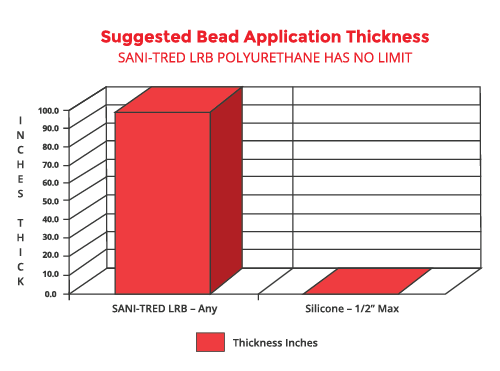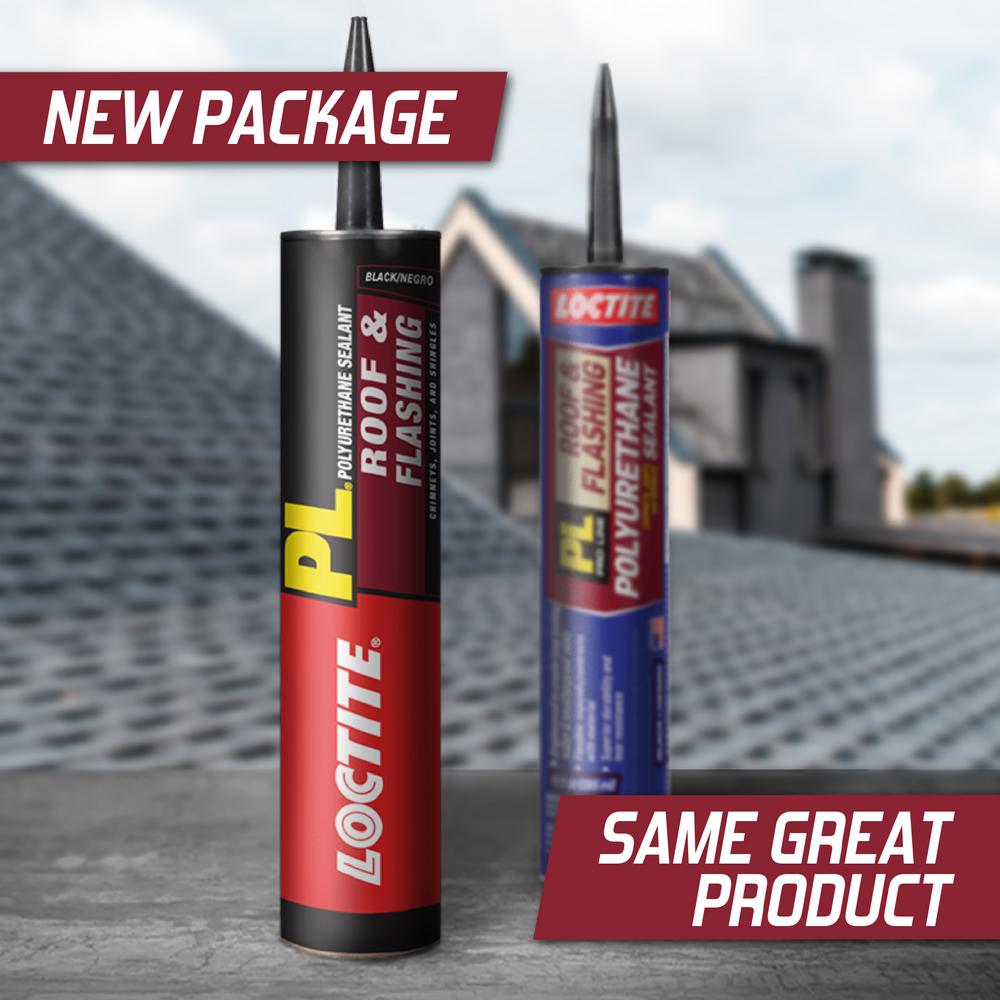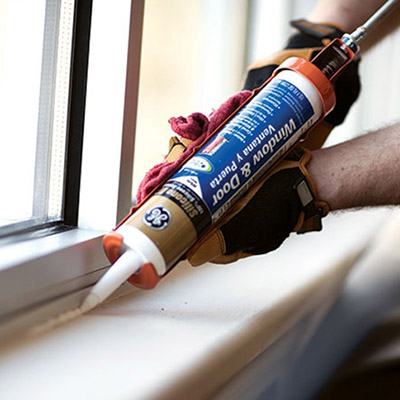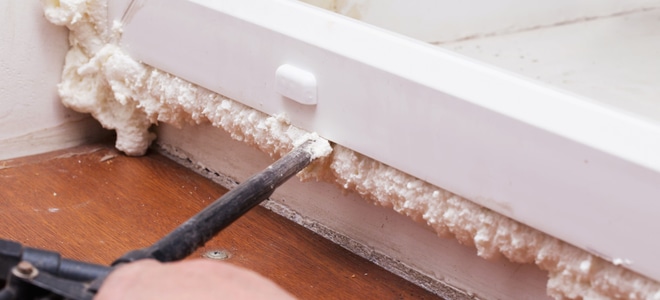Polyurethane succeeds with this material as well because it dries hard. Silicone is an inorganic substance while polyurethane is organic.

Acetoxy Vs Neutral Cure Silicone
Polyurethane vs silicone sealant. Silicone sealants so each project should be evaluated based on its own unique characteristics. Polyurethane sealants for example support for ultraviolet rays but do not withstand temperatures above 100 degrees celsius and have no chemical resistance since it is organic. Chemical difference between silicone and polyurethane. Silicone fails when applied to wood. Over time the polyurethane sealant will revert to its natural state and change properties which will render it ineffective for sealing the area. For example there is far better uv resistance in urethane sealants compared to what existed when the building was constructed.
Thats important because when subjected to uv light from the sun inorganic materials will be less reactive than organic materials. Silicone can be up to twice as expensive as polyurethane. The primary difference between organic and inorganic substances is the presence of carbon. In some cases the silicone sealant stands out more than the polyurethane sealant. Second is the cost of labor. Sealant formulations are constantly changing so it is imperative to keep up with the latest advances.
Silicone is the best sealant for glass tile and metal while polyurethane works well on natural products such as wood. One of the principal differences between silicone and polyurethane sealants is the chemical composition. Polyurethane is an organic material while silicone is inorganic. The hard drying makes polyurethane a lot more difficult to apply as it stiffens when out of the tube. While the initial application process takes about the same amount of time for each material the frequency in which you will have to repair and replace the polyurethane sealant can be much higher.


















